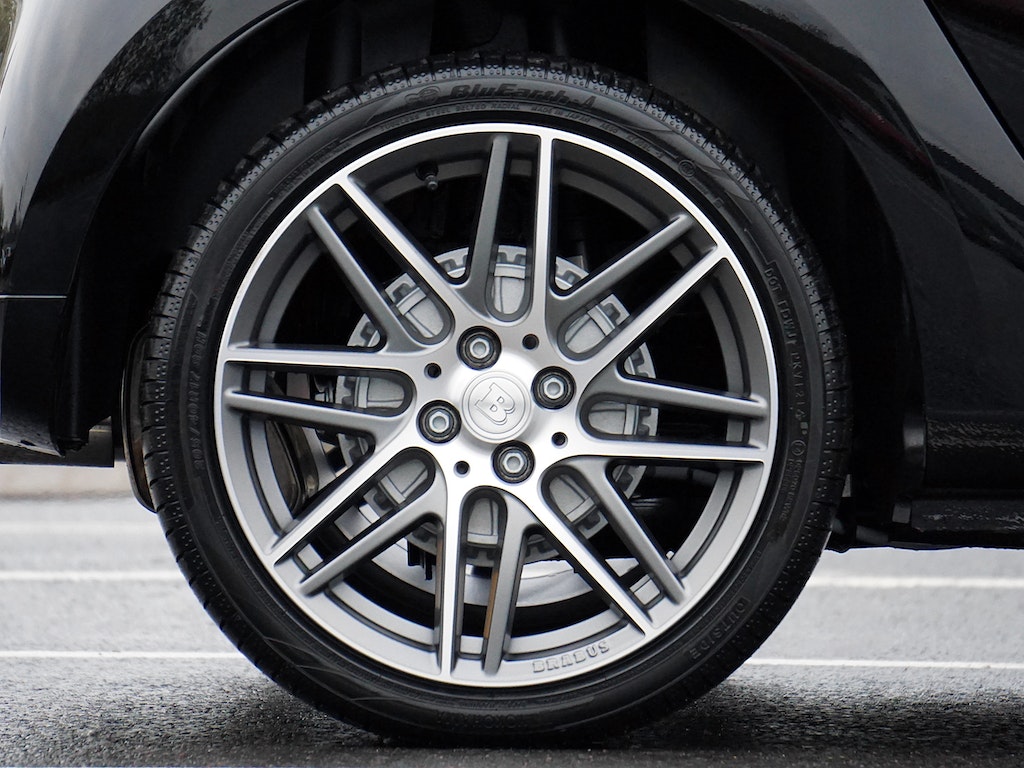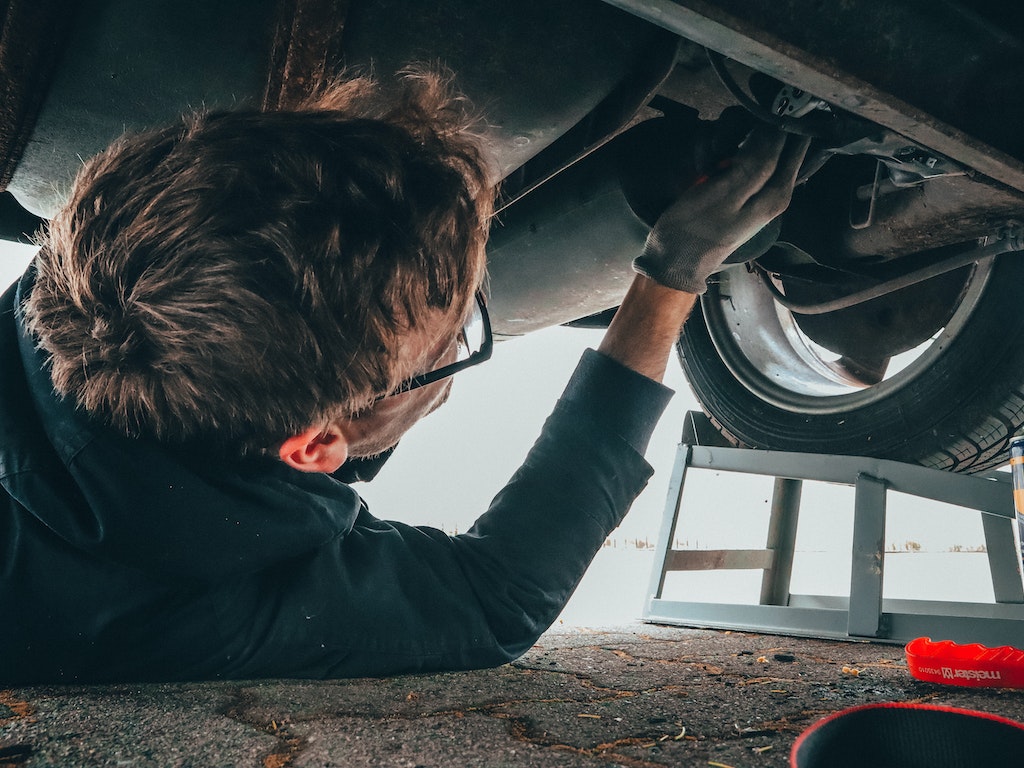
Your tires are the only point of contact between your vehicle and the road, making them critical for your safety and driving experience. As they age and accumulate mileage, tires gradually wear down. This impacts their performance and ability to grip the road.
It’s important to recognize the signs that indicate it’s time to replace your tires to ensure optimal handling, traction, and overall safety. This article will explore the key indicators that signal the need for new tires, helping you make informed decisions and maintain the utmost safety on the road.
Tread Depth
As tires wear down, the depth of the tread decreases, impacting their ability to maintain traction. Use a tread depth gauge or the “penny test” to check the tread depth. Insert a penny into the tread grooves with Lincoln’s head facing down. If you can see the top of Lincoln’s head, it’s a clear sign that your tires are worn and need replacement.
Uneven Wear
Examine your tires for indications of irregular wear patterns. Excessive wear on one side of the tire or in specific areas can indicate alignment issues, suspension problems, or improper inflation. Uneven wear not only compromises tire performance but also poses a safety risk. If you notice uneven wear, have your tires inspected by a professional and address any underlying issues promptly.
Cracks and Bulges
Inspect the sidewalls of your tires for any signs of cracks, cuts, or bulges. These are signs of tire damage and can compromise their structural integrity. Cracks can develop due to aging, exposure to extreme temperatures, or harsh road conditions. Bulges, on the other hand, indicate internal damage and could potentially lead to a blowout. If you notice any of these issues, it’s imperative to replace your tires immediately to prevent a potential tire failure.
Excessive Vibration
Experiencing excessive vibration while driving could indicate tire problems. If you notice vibrations that persist even after balancing the tires, it may be a sign of tire wear or damage. In such cases, have your tires inspected by a professional. They can help determine if replacement is necessary.
Aging
Tires age regardless of mileage. The rubber compound deteriorates over time, leading to reduced performance and safety. Most tire manufacturers recommend replacing tires every six to ten years, even if they appear to have sufficient tread depth. Check the manufacturing date on the tire sidewall (represented by a four-digit number) to determine its age. If your tires are approaching the recommended age limit, consider replacing them.
Decreased Wet Traction
If you notice a significant decrease in traction, particularly on wet surfaces, it’s a strong indicator that your tires are worn and need replacement. As tire treads wear down, their ability to channel water away diminishes. This increases the risk of hydroplaning and compromises your ability to maintain control of the vehicle in wet conditions.





